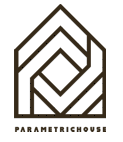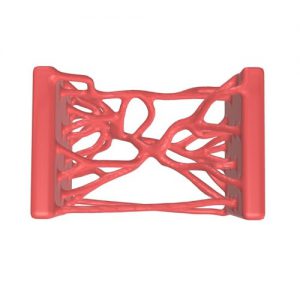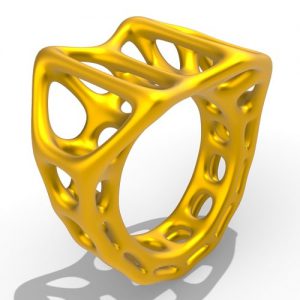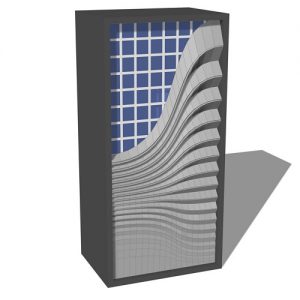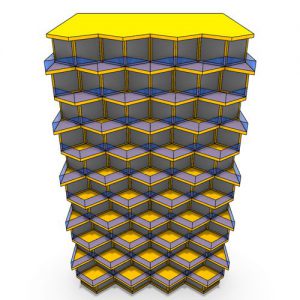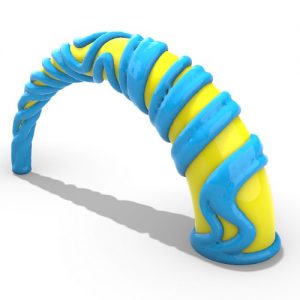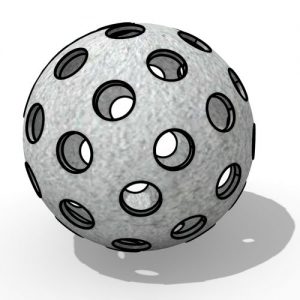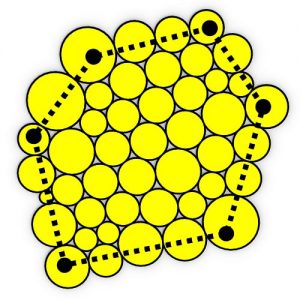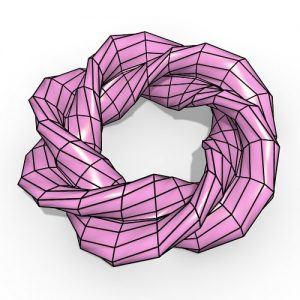Welcome To Parametric House
We've published our free content here! Dive in and start learning by watching the free lessons and downloading the example files for more exercises.
Access over 80+ hours of tutorials and a comprehensive library of 1300+ Grasshopper example files. Elevate your design skills today!
What's a beginner's best tool? Dive into our collection of over 1300 example files to master any subject in Grasshopper with ease!
In this section, we are gathering individual components in Grasshopper with short mini tutorials so you can learn how to use them at a basic level.
In this section, dive into our explainer videos tailored just for you! These bite-sized lessons offer a swift overview, ensuring you grasp the essence of how Grasshopper operates.
Another way of learning grasshopper, especially for beginners is through short, step-by-step lessons. Find them here.
We have gathered more than 800 Blog posts about Projects related to Parametric Design. Take a look and get inspired right away!
What about accessing more than 700 Pdfs about Parametric design for free? You can access our free Library of Articles & Thesis related to Parametric Design here 🙂
Join our free YouTube channel with over 8000 subscribers to learn Grasshopper through step-by-step tutorials.
Latest Lessons & Examples Files
In this Grasshopper Dendro example file, you can use the Trap Field component from the Heteroptera plugin to generate a series of random connecting curves between two faces.
In this Grasshopper tutorial for beginners, you can learn how to model a parametric box ring from scratch without using any plugins.
In this Grasshopper Kangaroo example file you can design a parametric earring using the circle packing technique.
In this Grasshopper example file you can design a parametric Louver facade using the Pufferfish Plugin.
In this Grasshopper example file you can design a parametric building using the native grasshopper components.
In this Grasshopper Dendro tutorial, you can learn how to create a growing mesh by defining a series of spin fields on a NURBS surface using the Heteroptera plugin.
In this Grasshopper Tutorial for beginners you will learn how to use the Sphere collide component to generate evenly distributed holes on a NURBS surface.
In this Grasshopper Kangaroo example file, you can circle pack a mesh using the "TangentIncircles" component.
In this Grasshopper example file, you can utilize the Nautilus plugin to design a parametric Twisted Torus.
